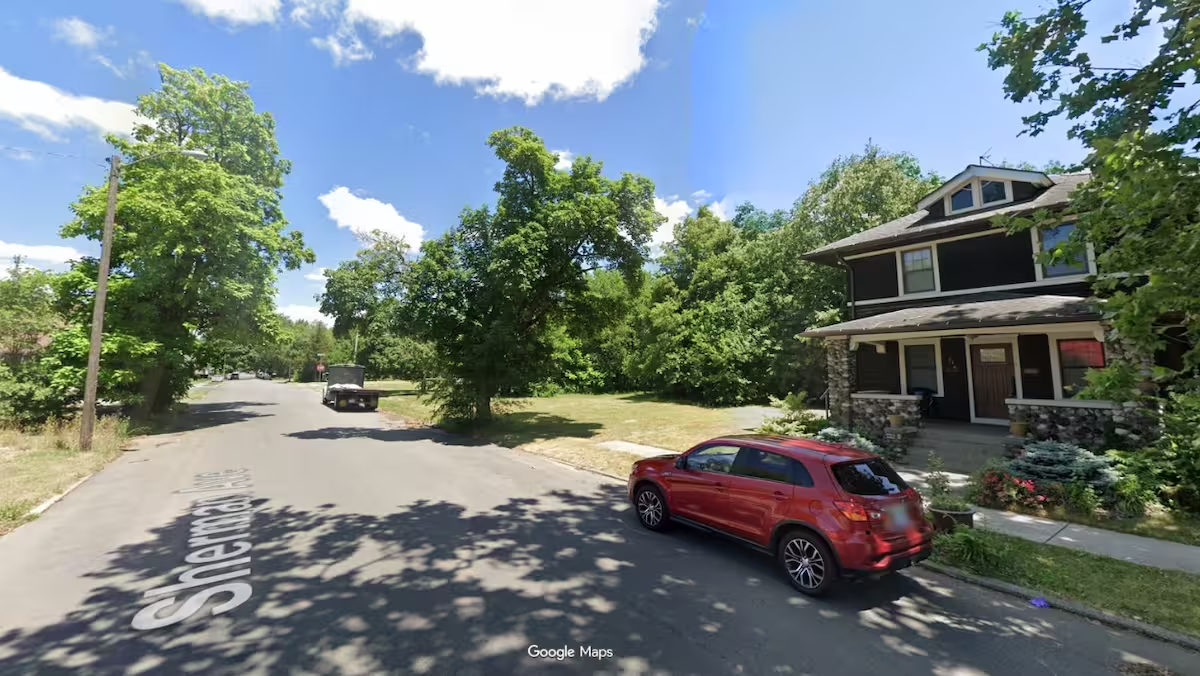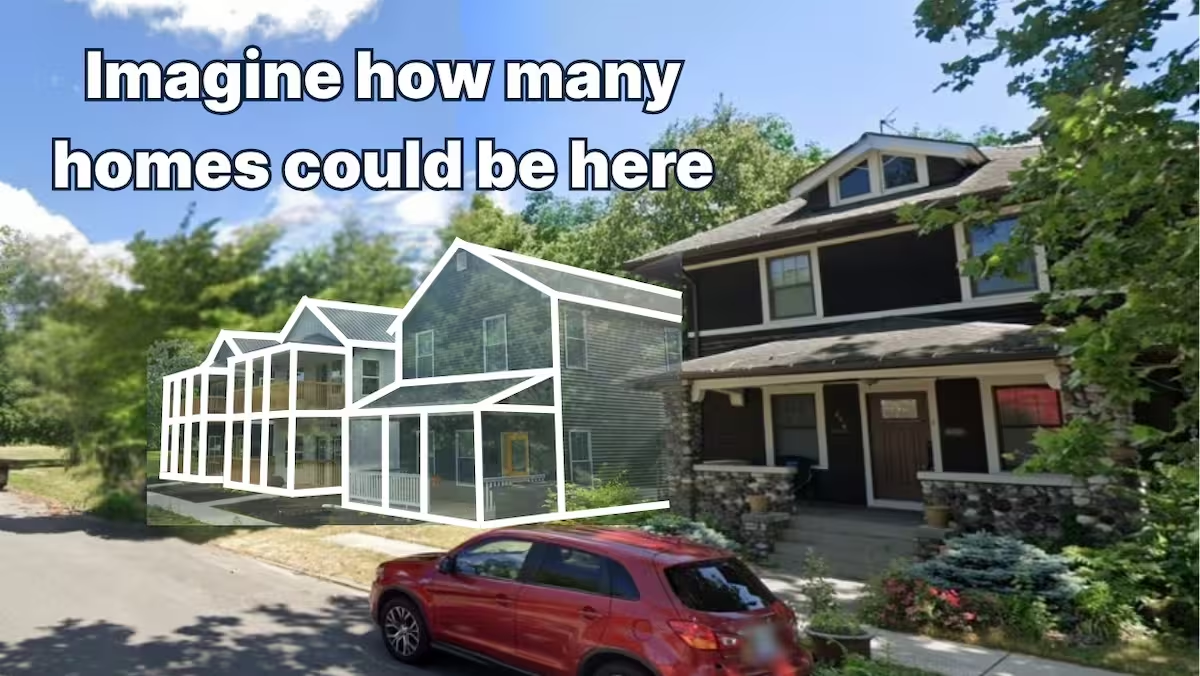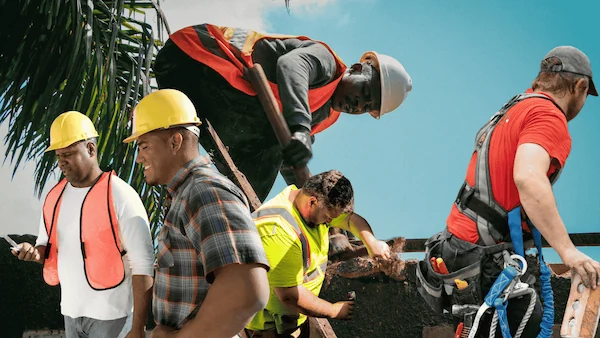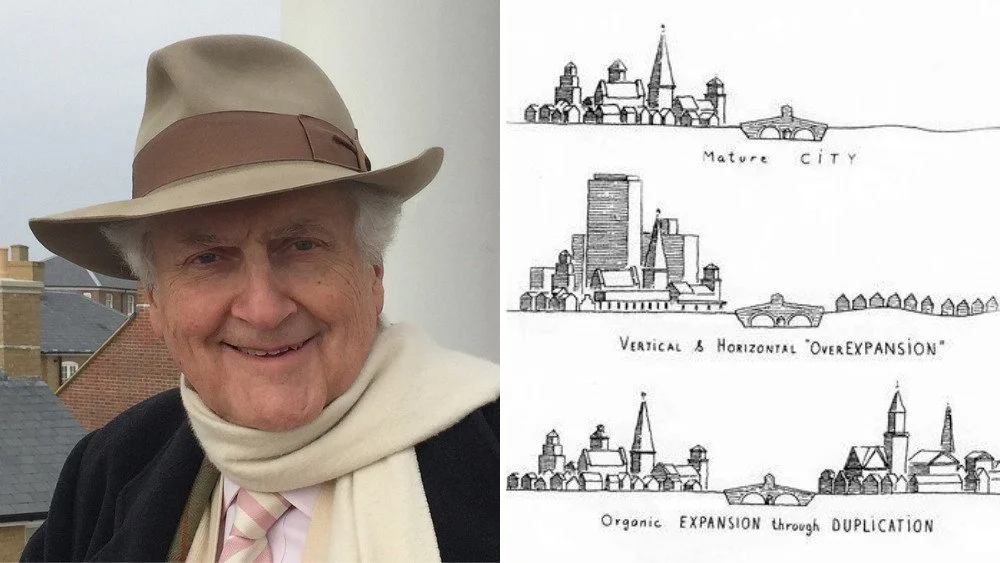Editor's Note: The challenges our cities face are growing, but so is the strength of this movement. Every story we share, every idea we spread, and every tool we build exists because people like you are committed to showing up. Your membership isn’t passive—it’s the momentum that makes change possible.
South Bend, Indiana, has become a national leader in housing reform. The city has taken steps most places haven’t: updating zoning, running mentorship programs, and providing tools like pre-approved building plans. These efforts make it easier for local, small-scale developers to build incrementally. Today, about 100 small-scale developers are active in the city, filling in vacant lots and revitalizing neighborhoods.
One of those developers is Jordan Richardson, a native of South Bend and president of Inner City Development. Inspired by his own experiences growing up in South Bend with little money, Richardson’s company transforms neighborhoods with projects that are practical, thoughtful, and community-focused.
A ribbon-cutting ceremony for one such project was held a few months ago. A block along Sherman Avenue — which sat mostly empty for over 15 years, according to Google Maps photos — now boasts four new duplexes. Each of the eight units has an individual living space, as well as two bedrooms and two full bathrooms. Their size is comparable to that of nearby single-family houses, meaning these buildings provide more affordable homes for more people while fitting into the context of the area.


That attention to context is also visible in another of Inner City Development’s ongoing projects. The company is building three small, single-family homes in a nearby neighborhood, infilling lots that used to contain similarly sized houses but have been vacant for over a decade.


“These projects are … possible because we're from here, we do the work ourselves,” Richardson told WSBT News. “With a little bit of help from the city, with help from partners and people that understand your vision, we were able to completely redirect an entire block of vacant land.”
These developments might be small, but they can have a big impact on the community. They can help reduce crime, as Richardson pointed out to WNDU News. They also bring in more tax base for the city, which can lead to more public investment in the area. A project by another South Bend developer, Mike Keen, is estimated to bring the city around $300,000 a year in taxes by 2031.
Richardson wants to spread the positive effects of local investment and small-scale development as far as possible. He helps train other South Bend residents in infill development, sharing resources and inspiration. “With a little bit of planning and a lot of hard work, you can make something like this happen,” Richardson said. “You can take a piece of your neighborhood and completely revitalize it and change it into something that has never been before.”
Want to learn from Richardson? Join him and Neighborhood Evolution founder Mike Keen for a virtual workshop on October 16 at noon CT.
If you’re a city official or staff member who wants to empower this kind of development, download our brand-new housing toolkit: “Who Will Build the Housing-Ready City?” It includes five recommendations, as well as case studies, developer profiles, and key metrics every city should track.





.webp)